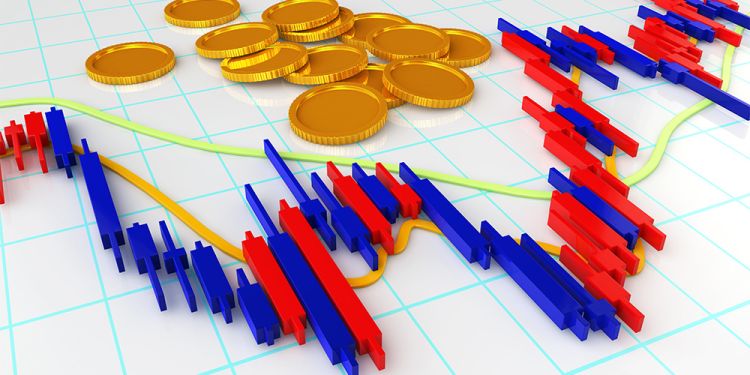Investment has dual aspect. It implies the production of new capital goods like plants and equipments. Secondly, a change in inventories or stocks of capital of a firm between two periods.
Determinants:
• There are two determinants — (a) the marginal efficiency of capital (MEC) and (b) the rate of interest.
• MEC implies the prospective yield from the capital asset and the supply price of this asset.
• Symbolically C = Q/P. Where Q is the prospective yield from capital asset and P is the supply of this asset.
• In considering a particular investment project the investor must have some idea of future returns, that is yields from the real asset in its life span.
• To find the present value of all expected future returns we have to discount all future returns.
• Generally there exists a negative relation between interest rate and investment expenditure.
• A fall in the rate of interest may induce an increase in investment expenditure whereas a higher rate, investment is likely to be less.
• At a higher interest rate, a firm instead of using funds for capital equipments may invest in financial assets.
• Thus the level of investment is a negative function of the rate of return.
• Risk, uncertainty and instability tend to discourage business to undertake investment projects.
• A firm may expand investment outlay for innovation viz. introducing a new good or a new technique.
• Innovations either by increasing sale or by reducing cost may help the innovating firm a larger return on its investment.
• Investment decisions are influenced by the cost of capital goods.
• A firm normally calculates the initial cost of acquisition, and the subsequent cost of maintenance and operation of capital goods.

